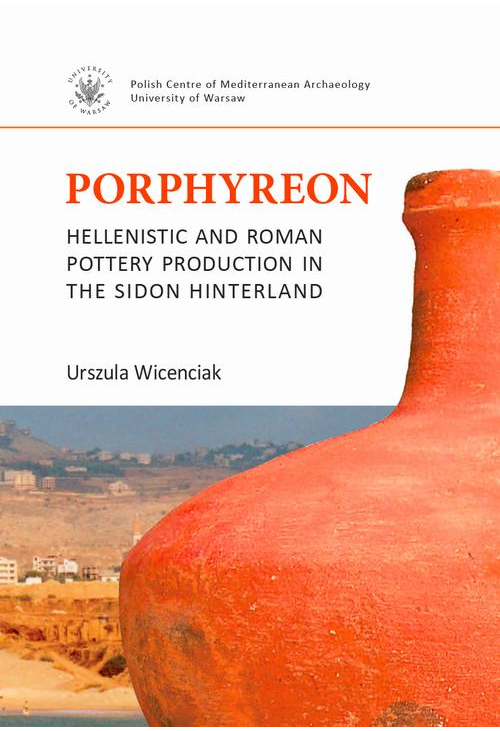
- Za darmo
ebook Porphyreon Hellenistic and Roman pottery production in the Sidon hinterland
Odkryj fascynujący świat starożytnej Fenicji z ebookiem "Porphyreon" autorstwa Urszuli Wicenciak, wydanym przez Wydawnictwa Uniwersytetu Warszawskiego w 2021 roku. Ta unikalna monografia przenosi czytelnika do starożytnego miasta Porphyreon na wybrzeżu fenickim (dzisiejszy Jiyeh w Libanie), gdzie badano lokalny warsztat ceramiczny podczas ratunkowych prac archeologicznych w 2004 roku.
Warsztat ten był kluczowym elementem lokalnej gospodarki, produkującym amfory i naczynia kuchenne od połowy II wieku p.n.e. do VII wieku n.e. Ebook szczegółowo opisuje repertuar form ceramicznych oraz analizę mas glinianych używanych w produkcji, co stanowi drugie na libańskim wybrzeżu odkrycie ośrodka produkcji naczyń ceramicznych działającego w okresach hellenistycznym i rzymskim.
"Porphyreon" przedstawia typologiczną i chronologiczną klasyfikację naczyń oraz ich kontekst historyczny, co pozwala zrozumieć trendy i zjawiska charakterystyczne dla fenickiej produkcji ceramicznej. Ogląd lokalnych warsztatów dostarcza cennych informacji na temat historii starożytnego handlu i rzemiosła w środkowej Fenicji, a także wnosi nowe perspektywy do zrozumienia administracyjnego statusu osady w okresach hellenistycznym i rzymskim.
Zanurz się w ebooku "Porphyreon" i odkryj tajemnice starożytnej Fenicji - idealny wybór dla miłośników historii, archeologii oraz literatury pięknej! Pobierz swój egzemplarz w formacie PDF już dziś ze sklepu z ebookami i ciesz się fascynującą lekturą na urządzeniach elektronicznych.
"Porphyreon" to nie tylko bogate źródło informacji, ale również cenny wkład do badań nad ekonomią starożytnej Fenicji, opartych dotąd głównie na danych z dużych ośrodków miejskich. Nie przegap okazji i zapoznaj się z najnowszymi odkryciami w świecie ebooków!
Dostępny w sklepach z ebookami oraz do pobrania w formie wydania elektronicznego, "Porphyreon" to jeden z najlepszych ebooków 2021 roku, który z pewnością trafi na listę bestsellerów. Czytaj wygodnie i odkrywaj tajemnice przeszłości w formie publikacji cyfrowej!
Spis treści ebooka Porphyreon
Acknowledgements 9Foreword 10
Preface 11
Chapter 1. Historical and archaeological evidence 13
1.1. Geographical context 13
1.2. Historical evidence 15
1.3. Administrative affiliations based on written sources 22
1.4. Archaeological evidence 22
1.4.1. Site topography 22
1.4.2. History of research 23
Chapter 2. Context, stratigraphy and classification criteria 27
2.1. Context and stratigraphy of the pottery finds 27
. 2.1.1. Late Hellenistic period 27
2.1.2 Early Roman period 30
2.2. Typological and chronological classification 31
2.3. Presentation of the ceramic material 35
2.3.1. Description and typology 35
2.3.2. Select parallels and dating 35
2.3.3. Illustrations and catalogue 36
2.3.4. Jiyeh site sector D assemblage 37
Chapter 3. Late Hellenistic pottery production 41
3.1. General description 41
3.2. Late Hellenistic Jiyeh Ware: macroscopic description 42
3.3. Typology of forms 43
3.3.1. Amphorae 43
3.3.1.1. “Phoenician” style amphorae 43
3.3.1.2. “Greek” style amphorae 44
3.3.2. Kitchen vessels 47
3.3.2.1. Closed vessels for storing and serving liquids 47
3.3.2.1.1. Table amphorae 47
3.3.2.1.2. Jugs 48
3.3.2.1.3. Juglets 50
3.3.2.1.4. Trefoil juglets 51
3.3.2.1.5. Lagynos-like juglets 51
3.3.2.1.6. Flat flasks/bottles 52
3.3.2.2. Cooking vessels and utensils 52
3.3.2.2.1. Cooking pots 53
3.3.2.2.2. Casseroles 54
3.3.2.2.3. Stands 57
3.3.2.2.4. Braziers 58
3.3.2.2.5. Lids 59
3.3.2.3. Other kitchen vessels 61
3.3.2.3.1. Bowls 61
3.3.2.3.2. Lekanai 64
3.3.2.3.3. Kraters 65
3.3.2.3.4. Jars 66
3.3.2.3.5. Funnels 71
3.4. Summary 71
Chapter 4. Early Roman pottery production 75
4.1. General description 75
4.2. Early Roman Jiyeh Ware: macroscopic description 76
4.3. Typology 77
4.3.1. Amphorae 77
4.3.2. Kitchen vessels 80
4.3.2.1. Closed vessels for storing and serving liquids 81
4.3.2.1.1. Table amphorae 81
4.3.2.1.2. Jugs 83
4.3.2.1.3. Juglets 83
4.3.2.1.4. Trefoil juglets 84
4.3.2.1.5. Lagynos 85
4.3.2.1.6. Lagynos-like juglets 86
4.3.2.2. Cooking vessels and utensils 86
4.3.2.2.1. Cooking pots 87
4.3.2.2.2. Casseroles 90
4.3.2.2.3. Pans 91
4.3.2.2.4. Bollitore 92
4.3.2.2.5. Stands 92
4.3.2.3. Other kitchen vessels 94
4.3.2.3.1. Bowls 94
4.3.2.3.2. Lekane 95
4.3.2.3.3. Kraters 96
4.3.2.3.4. Pot with merlons 97
4.4. Summary 97
Chapter 5. Porphyreon̕s place in the Phoenician hinterland: interpretation of the evidence 101
5.1. Administrative relation to Sidon and Berytus: the ceramic evidence 101
5.2. Regional connections with southern Phoenicia: the ceramic evidence 110
5.3. Distribution of vessels produced in Porphyreon 111
5.4. Organisation of ceramic production in Hellenistic and Roman Phoenicia 112
Chapter 6. Conclusions 117
Catalogue 119
Late Hellenistic, Plates 1–42 121
Early Roman, Plates 43–79 207
Parallels from Jiyeh site sector D, Plates 80–92 283
Porphyreon pottery, Colour plates 93–97 299
References 307
List of figures and tables 319
Szczegóły ebooka Porphyreon
- Wydawca:
- Wydawnictwa Uniwersytetu Warszawskiego
- Rok wydania:
- 2021
- Typ publikacji:
- Ebook
- Język:
- polski
- Format:
- Redakcja:
- Grzegorz Majcherek
- Tłumaczenie:
- Iwona Zych
- Liczba stron:
- 234
- Miejsce wydania:
- Warszawa
Recenzje ebooka Porphyreon
-
Reviews (0)

Na jakich urządzeniach mogę czytać ebooki?
- Za darmo


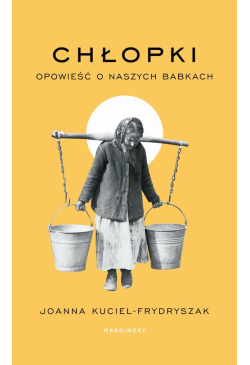

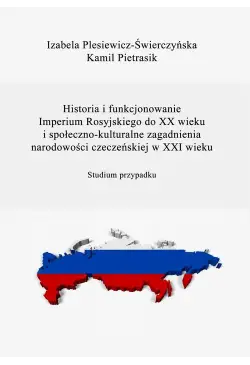
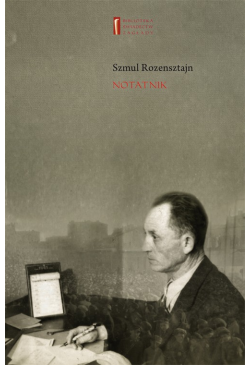



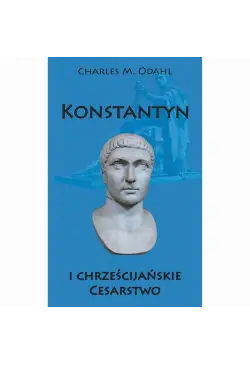
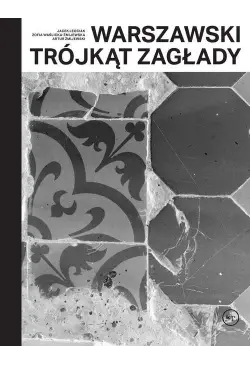
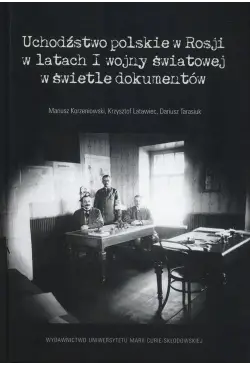
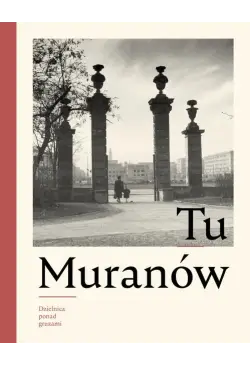


@CUSTOMER_NAME@
@COMMENT_TITLE@
@COMMENT_COMMENT@